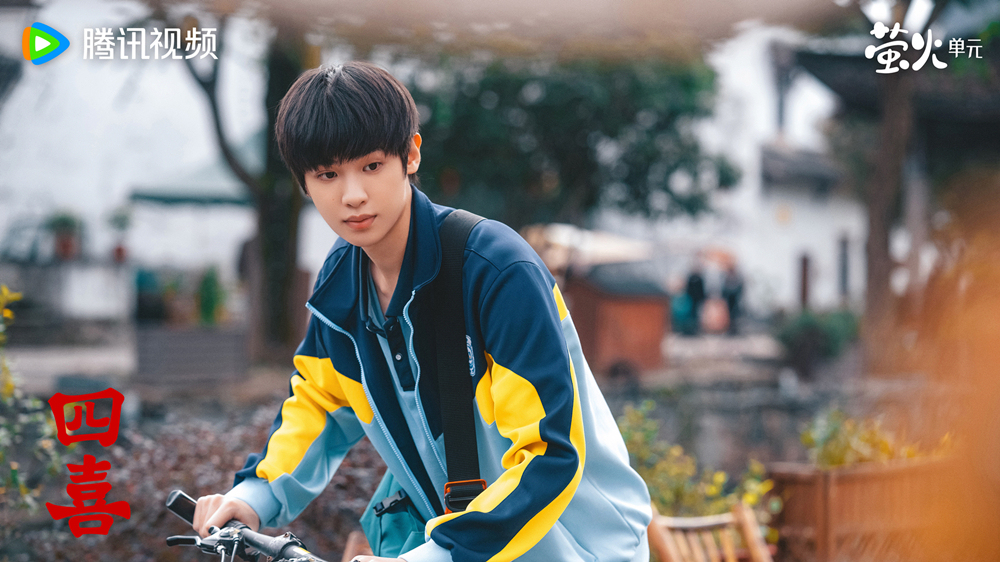
On April 11, the TV series "The Road to Life" ended. This play is partly based on Lu Yao's novella "Life". It tells the story of a group of aspiring young people represented by Gao Jialin and Liu Qiaozhen from the 1980s to the beginning of the 21st century. The story of going to Shanghai.
On April 23, the "Road of Life" seminar was held in Beijing.
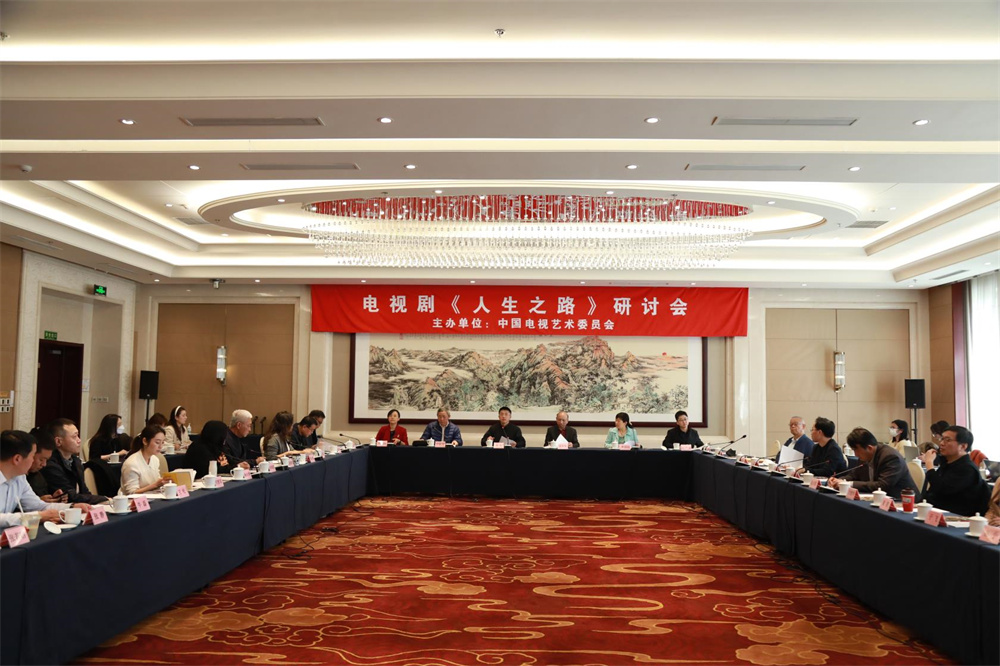
Seminar site
A groundbreaking continuation of the Shanghai story that was not in the original book
Shanghai has always attached great importance to the film and television of classic literature, constantly guiding, exploring and actively accumulating the direction of creation. Over the years, projects such as "Ordinary World", "Dajiang Dahe", "Wind Blowing Pinellia" and "Three-Body Problem" have been launched successively.
""The Road of Life" has developed a brand new way of thinking and method - the first half faithfully restores the original style of the times and the story of the characters, and the second half combines the laws of character development, plot development and social development, making a breakthrough. It continues to write Shanghai stories that are not in the original work. It creatively realizes the deep integration of classic literature and the context of the times." Liu Yina, director of the TV drama department of the Shanghai Radio, Film and Television Bureau, said.
Liu Yina believes that the second half of "The Road to Life" can be regarded as an excellent Shanghai story: "In the second half of the drama, on the frontier of reform and opening up, Shanghai unfolds a brand new story of tackling difficulties, and it is for the protagonists. Shanghai provides a reasonable environment for the upheaval in life. In the play, Shanghai is no longer an abstract image of an indifferent city opposed to the countryside, but is artistically represented as a broad stage for talents from all over the country to display their life ambitions and realize their self-worth. The young people from the yellow land have also injected endless tenacity and future-oriented power into this city."
When Lu Yao's novella "Life" was published 41 years ago, on the subtitle of the last chapter of the story, Lu Yao wrote "It is not the end". For decades, this work seemed to be waiting to be rediscovered and continued.
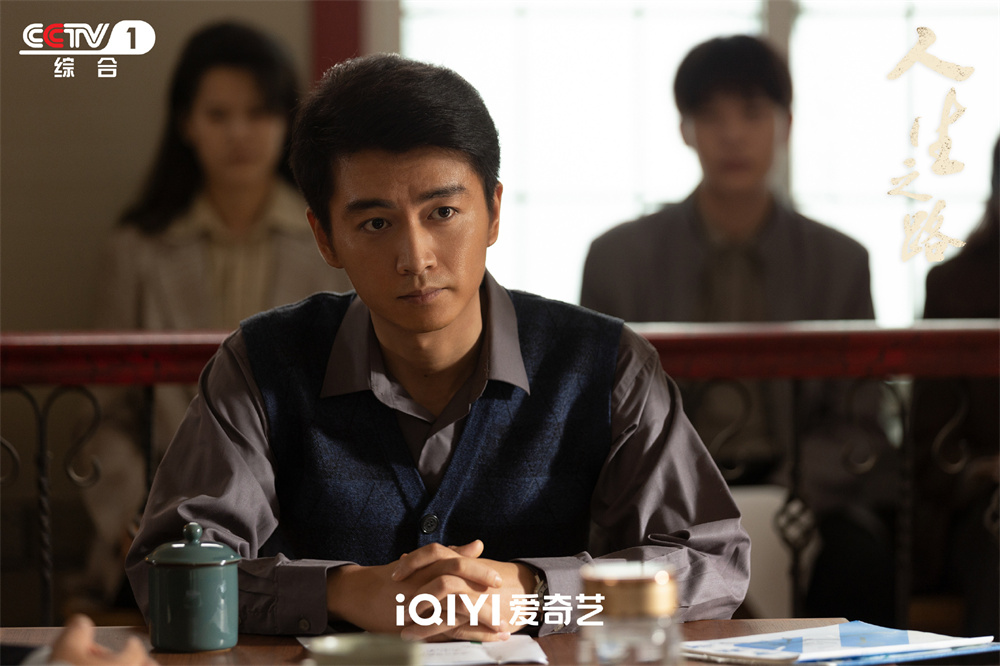
Stills of "The Road to Life"
Screenwriter Hong Jinghui introduced that the adaptation of "Life" aims to achieve two goals. One is to allow classic masterpieces to be presented on TV screens through the artistic form of TV dramas, so that they can be disseminated to the audience, so that the audience can relive the classics and feel the classics. The charm of excellent contemporary Chinese literary works; secondly, considering that the length of the original novel of "Life" is not enough for TV series, it is necessary to let the characters in the life continue to develop from the 1980s in the original work and participate in the process of reform and opening up Among them, this realistic work increases the spatial breadth of story development and the time breadth in the process of changing times.
On such a basis, there are two original settings in the script of "The Road of Life": "I boldly created the two images of Gao Shuangxing and Grandma Fu. Grandma Fu is a character from my life memory. She is the type of Shanghai grandma I am most familiar with. Maybe she lives in a small bungalow under the French phoenix trees on Wukang Road, maybe in the Huaye Building on Nanjing West Road, or in an apartment on Huaihai Road. She is beautiful and elegant. The person smiled slightly, maintaining politeness and distance. The arrival of Liu Qiaozhen made Grandma Fu feel the warmth she had not seen for a long time, and she spent the last time with the old man." Hong Jinghui said.
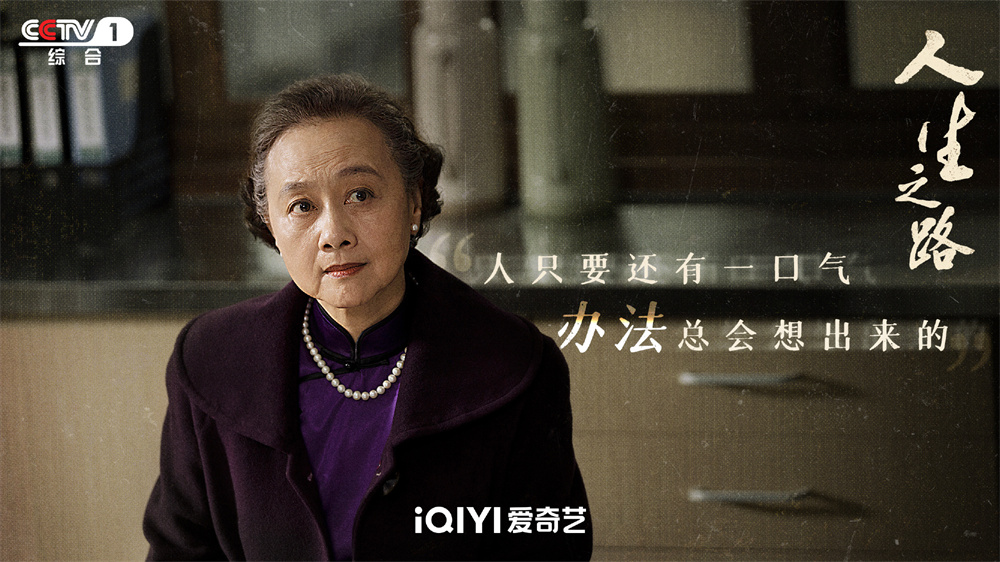
Stills of "The Road to Life"
Wei Wei, the chief producer of "Road of Life", introduced that the script of "Road of Life" has been polished for as long as six years, and the script has been revised 20 to 30 times. In the selection of actors, teacher Lin Yongjian was the first actor selected by the crew, and then director Yan Jiangang also persuaded Chen Xiao and Li Qin to join the team. "In the process of filming, although we have gone through all kinds of ups and downs, we still feel the warmth all the time. We focus on showing the struggle of a generation of rural youths such as Gao Jialin, Liu Qiaozhen, Gao Shuangxing in seeking to change their destiny and create a new life, and strive to give today's Young audiences with the mental strength to face difficulties constantly."
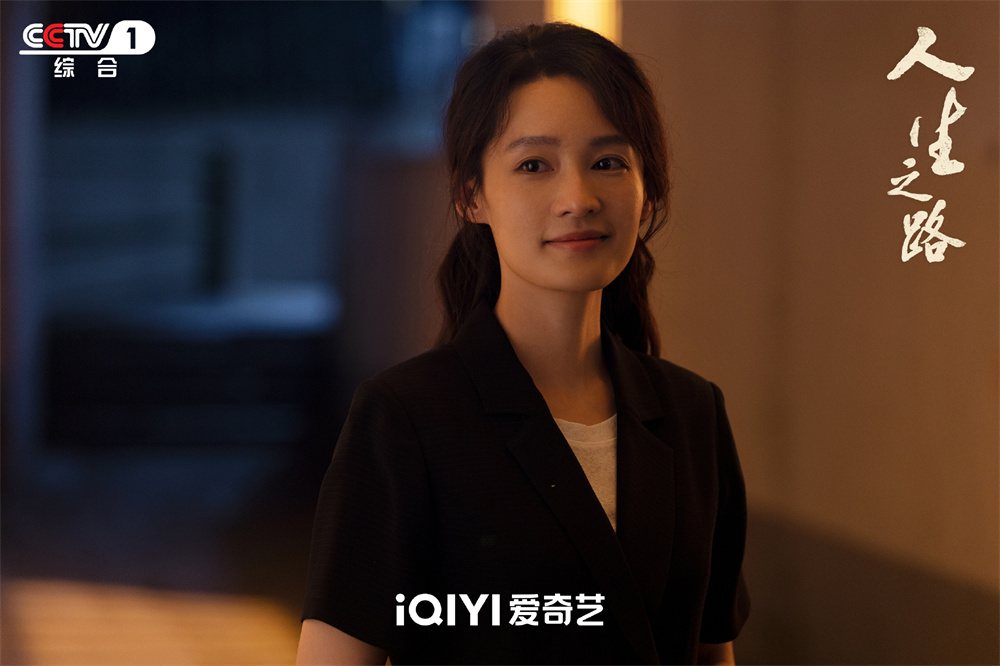
Stills of "The Road to Life"
Pay tribute to Lu Yao, to that era, and to youth with this play
"The Road of Life" tells the story of a group of ordinary rural youths with aspirations who traveled from northern Shaanxi to Shanghai in the 1980s. Their life paths vividly illustrate what is called "happiness is all about hard work".
Although the leading actor Gao Jialin suffered repeated setbacks, he never gave up and gave back to his hometown after a successful career. The plot moistens things and silently connects the destiny of the individual with the destiny of the country, presenting a profound and touching positive synergy. In addition to portraying the protagonists who move forward bravely, "The Road to Life" also created a group of persevering and kind-hearted supporting characters, such as Uncle Deshun who is still optimistic and open-minded after the vicissitudes of life, and Ma Shuan, who is honest, affectionate and dedicated, etc. Even Gao Minglou and his son, who were selfish and utilitarian, were constantly suffering from inner torment, and finally chose to repent.
Director Yan Jiangang mentioned that Lu Yao's "Life" inspired him: "In my decades of creative experience, I am afraid that this is the only film that I did not treat as a project. I think I am one of Gao Jialin's So I looked back at the work "Life" again through 40 years of time and space, and used this play to pay tribute to Lu Yao, to that era, and to youth."
Li Jingsheng, vice president of China Federation of Radio and Television Social Organizations, believes that "The Road to Life" is a collective work with vision, responsibility and talent. Everyone has seen the topics continued in this work, and it is still of great significance to the current society, especially the younger generation.
Kang Wei, editor-in-chief of China Art News, said that the characters in the original work of "Life" were designed in the context of the era of dual opposition between urban and rural areas and the extremely poor mobility between urban and rural areas; After the initial stage of reform and opening up, in a broader time and space beyond the rural narrative, in the historical process of profound changes in the relationship between urban and rural areas, it presents the inner conflicts of the characters when they make choices. This produces a very strong dramatic conflict, which makes the characters have a strong appeal. The initial binary opposition between urban and rural areas has also transformed into a new historical picture where urban and rural areas embrace each other.
This time, "The Road of Life" not only successfully filmed Shanghai, but also brought fire to Lu Yao's hometown-Qingjian County, Yulin City, Shaanxi Province. "The crew of "The Road to Life" did not disappoint us. On behalf of the 220,000 people in Qingjian County, I would like to express my gratitude to the entire creative team of "The Road to Life." He Jing, the magistrate of Qingjian County, said at the seminar, " This drama has also become the focus of our after-dinner discussions, "The Road of Life" allows the audience to see the epitome and representative of our mothers-in-law and aunts in northern Shaanxi through the protagonist Liu Qiaozhen."
